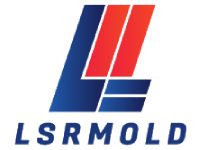Hello, everyone! This is Sunny from LSRmold, and today we’re diving into the essential topic of injection molding surface finishes. When it comes to product design and manufacturing, how a product looks and feels is just as important as its function. Surface finish plays a significant role in the overall appeal of molded parts, enhancing their aesthetics and functionality. In this blog, we’ll explore the different types of injection molding surface finishes, their applications, and how to choose the right one for your product.
Why Surface Finish Matters
The appearance and texture of molded parts can significantly impact their value and appeal. Regardless of how advanced or functional a product may be, without the proper surface finish, it may fail to meet the expected standards of both functionality and appearance. A product’s finish is directly linked to its overall quality and user experience. At LSRmold, we prioritize delivering high-quality products with impeccable surface finishes that meet the highest industry standards.
Once the initial molding process is complete, certain parts may require additional finishing processes. This step is where surface finishing comes into play. Not only does it enhance the aesthetic appeal, but it can also improve the product’s performance. In many cases, surface finishing also adds durability, aids in the release of parts from molds, and helps hide any imperfections that may occur during molding.
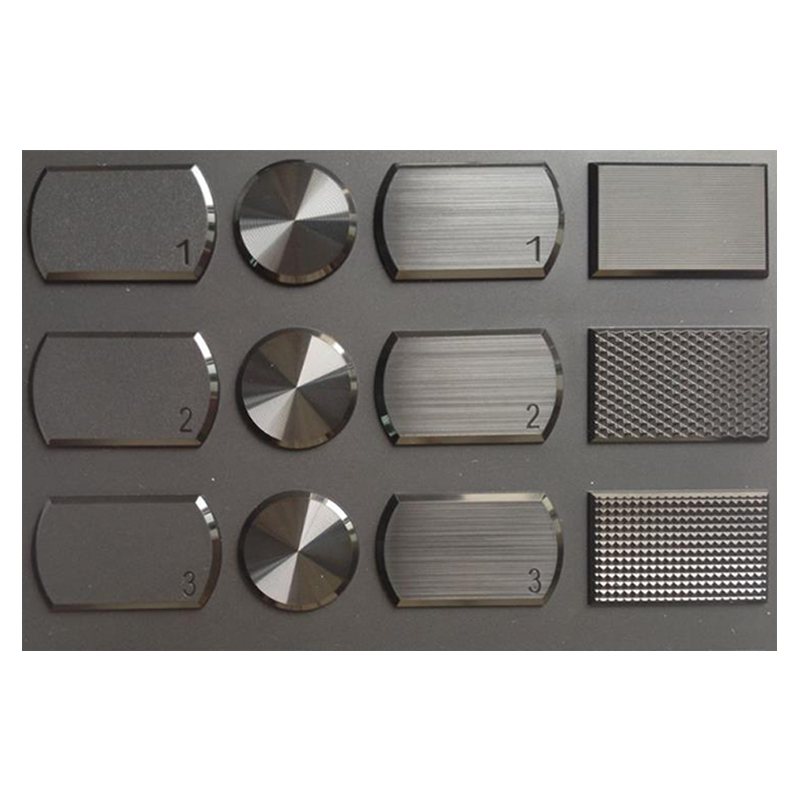
Surface finishes are typically categorized using standards such as PIA, VDI, and SPI. Among these, the SPI (Society of Plastics Industry) grading system is the most commonly referenced in the industry. The SPI grading scale ranges from A to C, with A being the highest quality, reflecting a shiny, mirror-like finish, and C representing a matte or textured surface. Below, we break down the four most common types of injection molding surface finishes that you should consider for your projects.
Types of Injection Molding Surface Finishes
1. Shiny Finish (Grades A-1, A-2, A-3)
A shiny finish is the most premium option, offering a high-gloss, mirror-like appearance. These finishes are typically achieved using hard tool steel molds and a process that incorporates diamond powder mixed with oil for polishing. This method creates a smooth, flawless surface that reflects light beautifully, giving molded parts an aesthetic, luxurious look.
Shiny finishes are most commonly used in products like plastic mirrors, optical lenses, and visors. However, due to the high cost and complexity of the polishing process, it’s usually reserved for parts where appearance is a top priority. For industries such as consumer electronics or high-end automotive, where aesthetic appeal plays a key role in consumer choice, a shiny finish is often preferred.
At LSRmold, we have the expertise to deliver these high-precision finishes, ensuring that your parts not only perform excellently but also impress with their appearance.
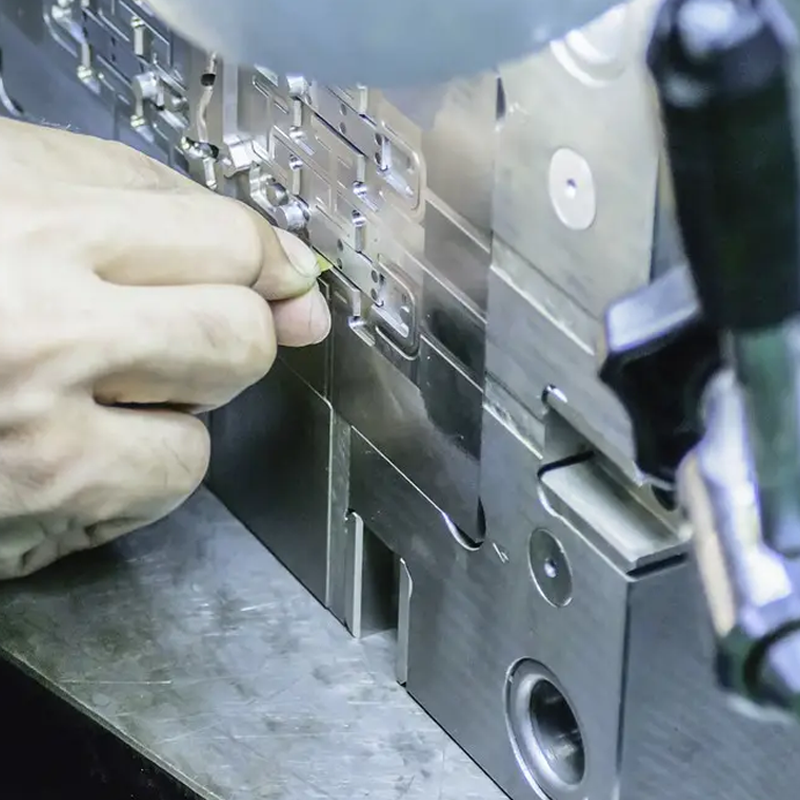
2. Semi-Shiny Finish (Grades B-1, B-2, B-3)
The semi-shiny finish provides a slightly less glossy appearance compared to the shiny finish, but still offers a smooth and attractive surface. This finish is achieved by polishing the molds with materials like emery cloth or gravel sandpaper, and the resulting surface often features a linear pattern due to the polishing motion.
Semi-shiny finishes are commonly used in parts where appearance is important but not as critical as for high-end products. These finishes are often applied to less visible parts of an end product that still require an appealing look. For example, automotive components or parts in consumer electronics may benefit from this type of finish, offering a balance between cost and appearance.
This finish is both cost-effective and aesthetically pleasing, providing a sleek appearance without breaking the budget.
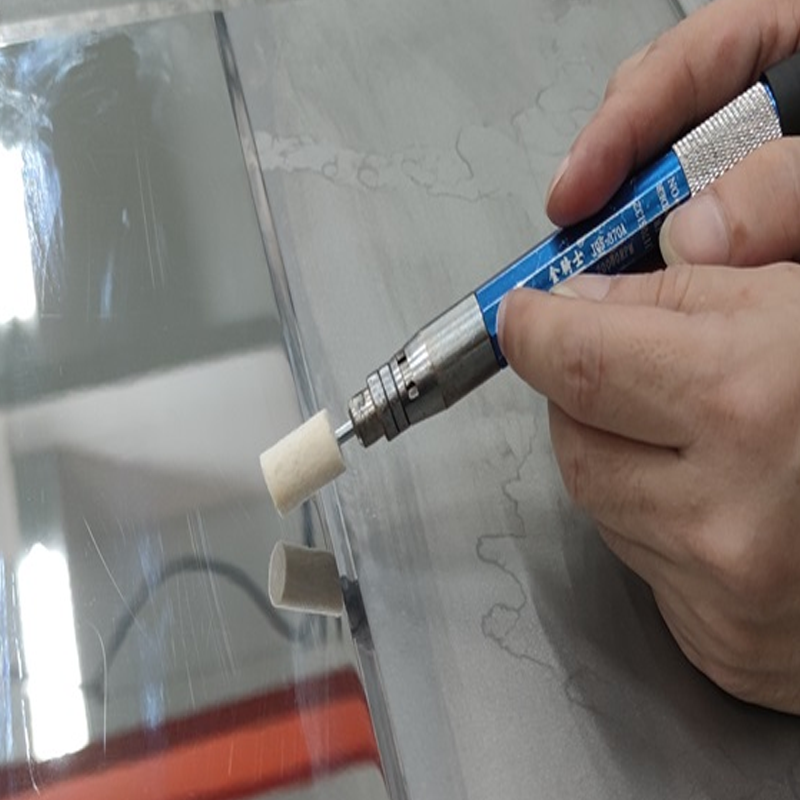
3. Matte Finish (Grades C-1, C-2, C-3)
The matte finish provides a non-reflective surface with a smooth, dull appearance. This finish is typically achieved through polishing the molds with stone powder, and it hides machining marks or tooling marks effectively. As such, matte finishes are a great choice for parts that don’t require high gloss but need to maintain a clean, refined look.
Matte finishes are often used in products that are functional rather than aesthetic, such as industrial components or certain consumer goods. For example, matte finishes are commonly applied to electronics housings, automotive parts, or machinery components. These finishes are especially popular when the part needs to be resistant to fingerprints, as the lack of shine helps to conceal smudges.
At LSRmold, we ensure that matte finishes meet the highest standards of durability and appearance, so your parts will perform well while maintaining a professional, polished look.
4. Textured Finish
A textured finish provides a tactile surface, often with a satin or dull appearance. This finish is created by flattening the part surface with fine stone powder and then using materials like glass beads or aluminum oxide to create a non-directional, smooth texture. Texturing helps to conceal imperfections and machining marks, as well as providing better grip on the surface.
Textured finishes are commonly used in products that require a solid grip or need to hide any imperfections, such as handles or knobs. In industries such as consumer goods, electronics, and automotive, this finish is a practical choice. For example, textured handles on tools or appliances not only improve functionality but also enhance the overall user experience by preventing slippage.
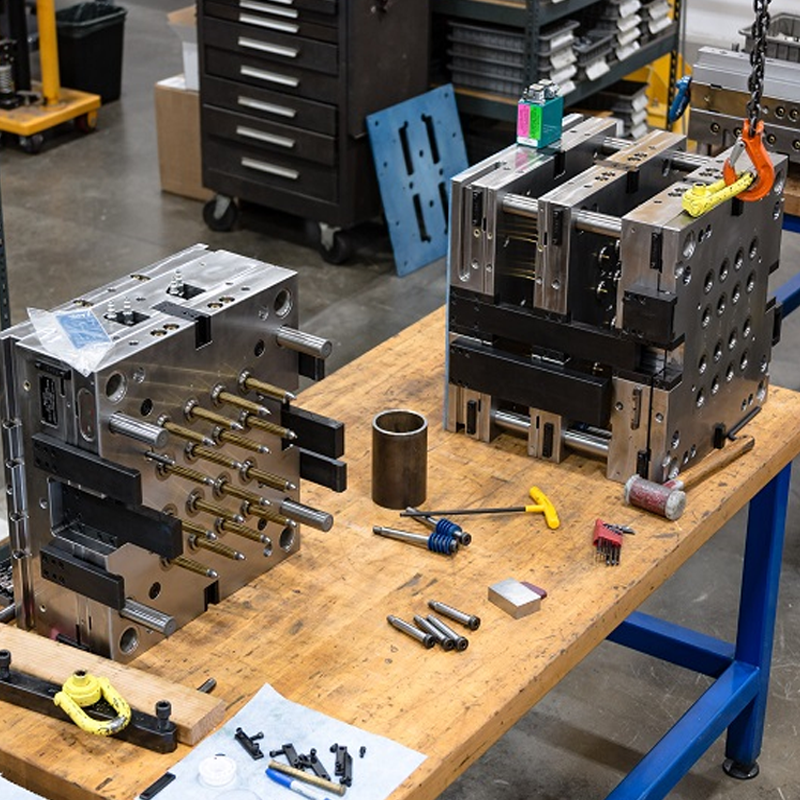
The Role of Surface Finishing in Performance and Aesthetics
Each type of surface finish has its unique characteristics, and the right choice depends on the function of the part, its aesthetic requirements, and the industry it serves. Whether it’s achieving a high-gloss, mirror-like shine or a functional, matte texture, surface finishes are critical in making sure that your product performs well while also looking great.
It’s essential to consider both functionality and appearance when selecting the appropriate finish. For products exposed to harsh conditions or requiring a tight grip, textured finishes may be ideal, while those intended for consumer-facing applications may benefit from the visual appeal of shiny or semi-shiny finishes.
Conclusion
Choosing the right injection molding surface finish can have a significant impact on the performance and appearance of your product. At LSRmold, we offer expertise in all aspects of surface finishing, ensuring that your products meet both functional and aesthetic requirements. Our team works closely with you to understand your needs and recommend the most suitable finishes for your parts, whether you need a high-gloss shine, a smooth matte surface, or a textured finish for added functionality.
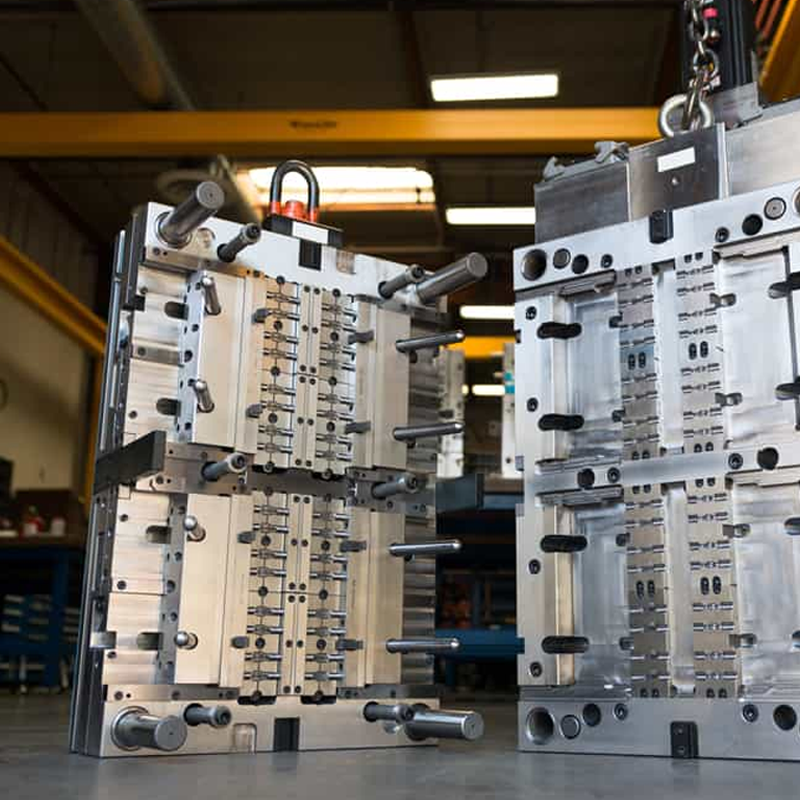
If you’re looking to enhance the quality and appearance of your molded parts, reach out to us at LSRmold today. We’re here to provide you with the perfect surface finish solution tailored to your product’s needs and industry standards.
Let us help you bring your products to life with top-tier surface finishes that elevate both performance and design. Contact LSRmold to learn more about our injection molding services and how we can assist with your project.
